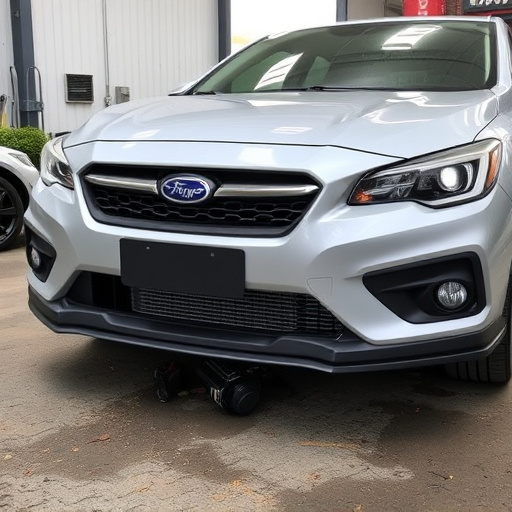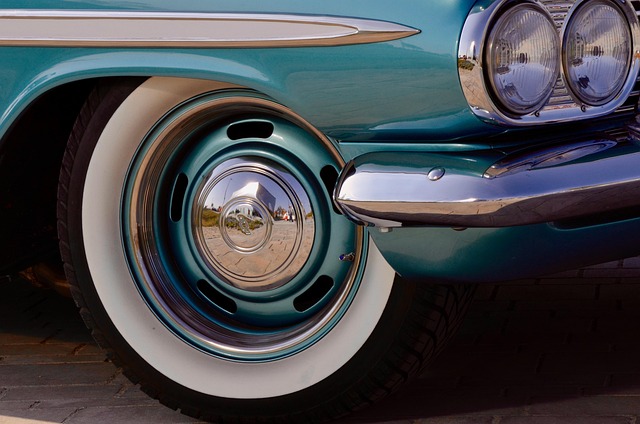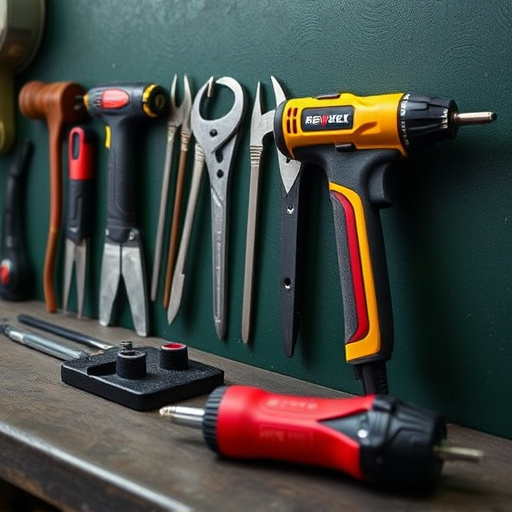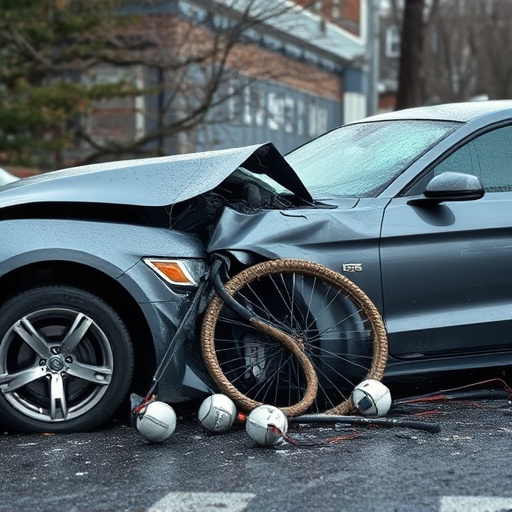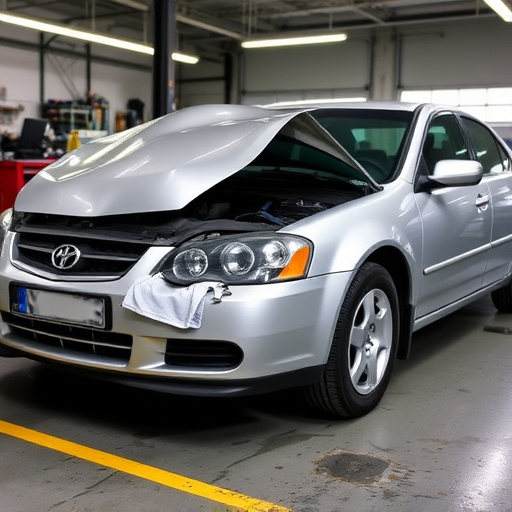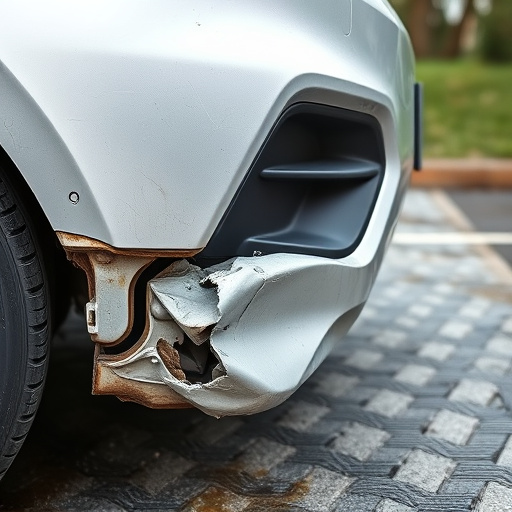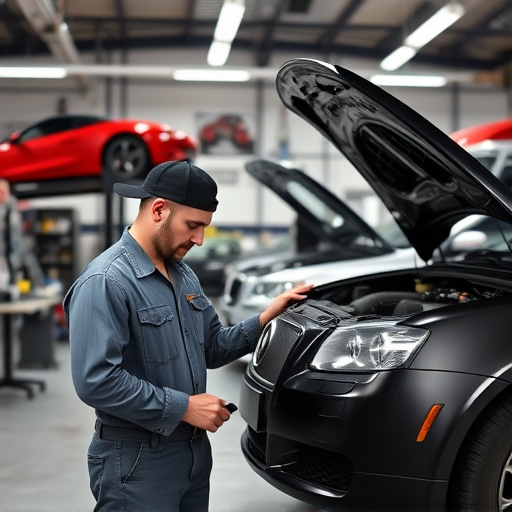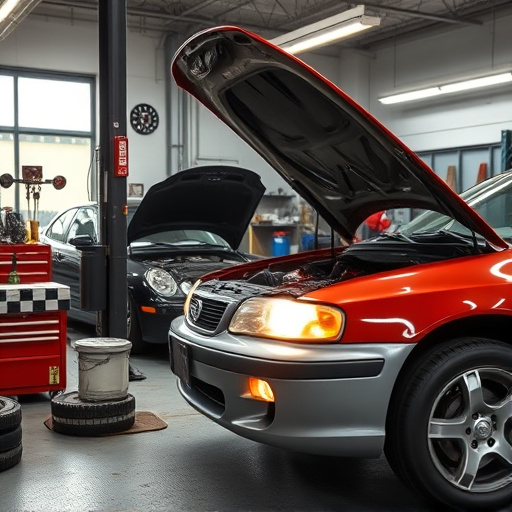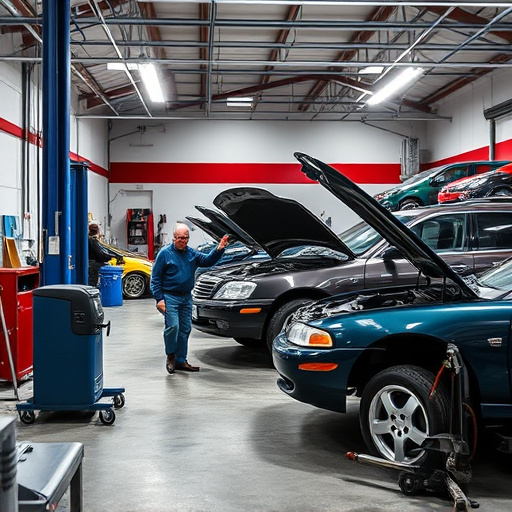Commercial vehicle repair is a specialized field requiring in-depth knowledge of unique components in trucks, buses, and other commercial vehicles, which operate under demanding conditions. Beginners should focus on understanding engine, transmission, and brake systems, implementing regular inspections, maintaining fluid levels, and adhering to service schedules. Essential tools include sockets, ratchets, impact wrenches, jacks, stands, and specialized brake tools. Common issues involve engine problems, transmission troubles, brake failures, and exhaust leaks, requiring routine checks of fluids, tires, lights, and belts. Paintless dent repair techniques offer a cost-effective alternative to traditional body repairs. Effective commercial vehicle repair strategies emphasize proactive issue identification, preventive maintenance, and adherence to scheduled service intervals.
Are you new to the world of commercial vehicle repair? This comprehensive guide is your perfect starting point. Discover the essential basics, from understanding the unique aspects of commercial vehicles to mastering basic maintenance. Learn about the must-have tools and equipment for the job, and explore common repairs tailored specifically for these rugged machines. Get ready to navigate the landscape of commercial vehicle repair with confidence.
- Understanding Commercial Vehicle Repair: Essential Basics
- Tools and Equipment for the Job: What You Need to Know
- Common Repairs and Maintenance Tips for Commercial Vehicles
Understanding Commercial Vehicle Repair: Essential Basics
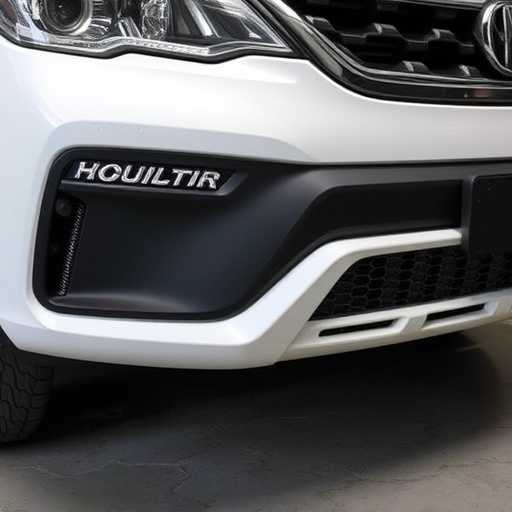
Commercial vehicle repair is a specialized field that requires a deep understanding of the unique components and systems found in trucks, buses, and other commercial vehicles. Unlike repairing a standard passenger car, these vehicles are designed to operate continuously under demanding conditions, making their maintenance and repair processes distinctively different. The key to successful commercial vehicle repair lies in identifying and addressing potential issues early on, as preventive maintenance is crucial to minimizing downtime.
Understanding the fundamentals of commercial vehicle systems, such as engines, transmissions, and brakes, is essential for any beginner. Regular inspections, proper fluid levels, and timely service are basic yet vital practices. Additionally, familiarizing yourself with common repairs like bumper repair, fender repair, and car body restoration will empower you to handle minor issues efficiently. With the right knowledge and tools, beginners can ensure their commercial vehicles remain reliable, safe, and on the road for extended periods.
Tools and Equipment for the Job: What You Need to Know
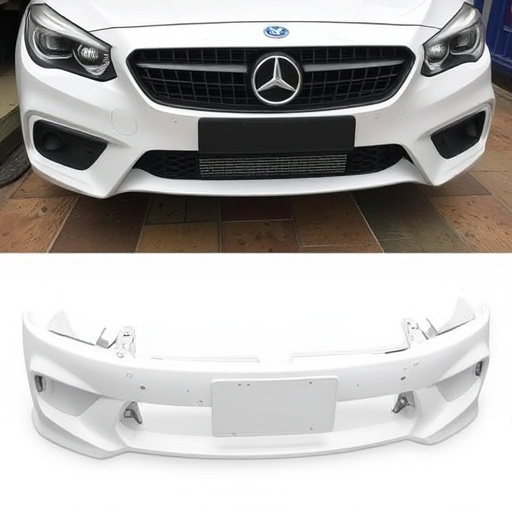
When diving into the world of commercial vehicle repair, having the right tools and equipment is paramount. Unlike a regular car, commercial vehicles require specialized parts and tools to address their unique needs. Essential items include a comprehensive set of sockets and ratchets for tight spaces, impact wrenches for fastener removal, and a variety of screwdrivers designed for different applications. A reliable jack and stand kit is also crucial for safe lifting and access.
In addition to basic tools, consider investing in specific equipment tailored for commercial vehicle repair, such as hydraulic lifts for easier undercar work and specialized tools for brake and suspension systems. Remember, an organized, well-equipped auto body shop or collision repair shop ensures efficiency, reduces downtime, and ultimately enhances the quality of your repairs, catering to the demanding needs of commercial vehicles.
Common Repairs and Maintenance Tips for Commercial Vehicles
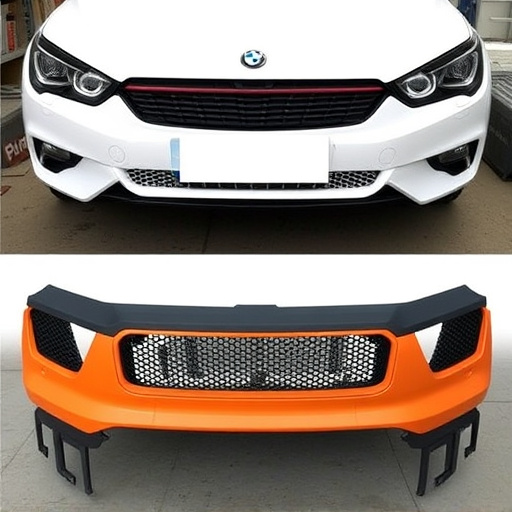
Commercial vehicles, due to their constant use and exposure to various driving conditions, often require regular maintenance and specific repairs. Common issues can include engine problems such as faulty fuel systems or worn-out parts, transmission issues, brake failures, and exhaust system leaks. Regular checks of these components are crucial for safety and efficiency.
Maintenance tips for commercial vehicles involve adhering to scheduled service intervals, ensuring timely fluid changes (engine oil, coolant, brake fluid), and inspecting tires for proper inflation and wear. Additionally, keeping an eye on lights, wiper blades, and belts can prevent unexpected breakdowns. For lighter damage like minor dents or scratches, paintless dent repair techniques offer a cost-effective alternative to traditional autobody repairs, preserving the vehicle’s original finish.
For anyone new to the world of commercial vehicle repair, this guide has provided a solid foundation. By understanding the basics, investing in the right tools, and familiarizing yourself with common repairs, you’re well-equipped to tackle many maintenance issues. Remember, staying proactive with regular checks and learning basic troubleshooting can save time and money for businesses relying on their fleet. With these essential tips in hand, you’re ready to dive into the world of commercial vehicle repair and keep those vehicles running smoothly.

